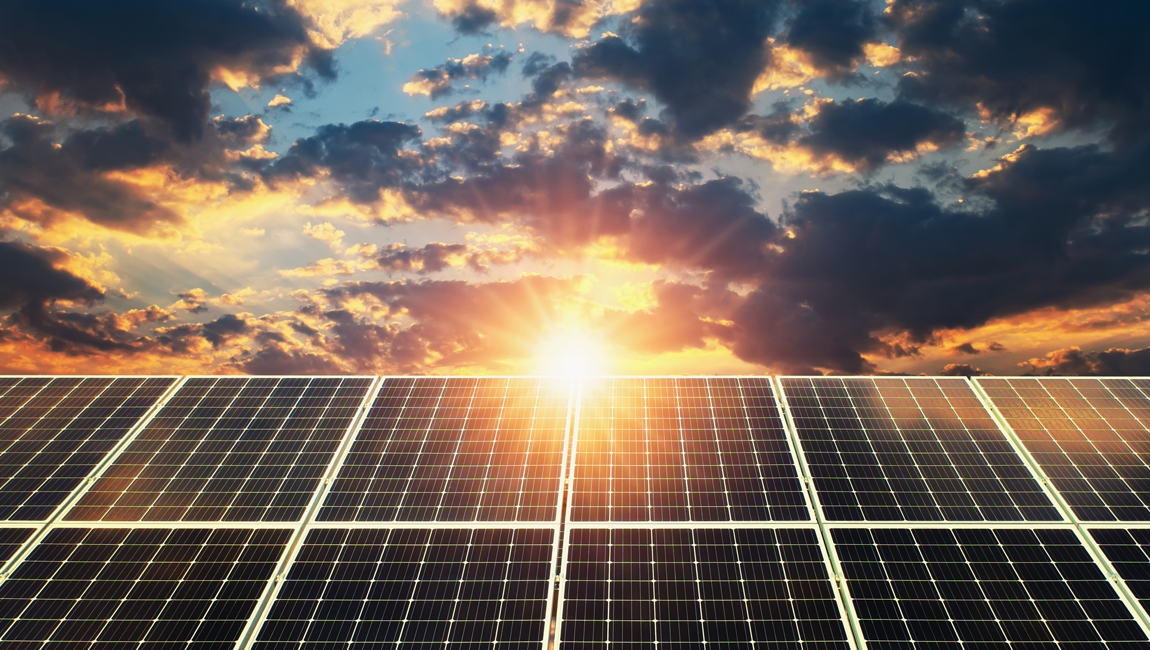Solar energy has been hailed as a beacon of hope for reducing greenhouse gases and saving on electricity bills. However, despite its long-term benefits, the initial setup costs can be quite high. This makes affordability a significant barrier for many homeowners interested in adopting solar technology. In this blog post, we’ll explore five actionable tips that can help make solar energy more affordable for everyone.
Whether it’s leveraging government incentives, choosing the right financing options, or understanding how to maximize your investment, these tips aim to help you make the sustainable switch without breaking the bank. So, let’s dive into how you can take advantage of solar energy in a cost-effective manner.
Government Incentives and Tax Breaks
The most direct way to reduce the cost of installing solar panels is through government incentives. Many federal, state, and local governments offer significant tax breaks and rebates to encourage solar adoption. For example, the U.S. federal government provides a Solar Investment Tax Credit (ITC), which allows you to deduct a substantial percentage of your solar installation costs from your federal taxes. For more details on these incentives, check out https://ecofriend.com/home-solar-incentives-how-to-make-solar-energy-more-affordable.html.
These financial incentives not only lessen the burden of initial investment but also shorten the payback period of your solar panels. Be sure to consult with a tax professional or a solar consultant to fully understand what benefits are available in your region and how best to claim them.

Opt for a Solar Lease or Power Purchase Agreement (PPA)
If the upfront cost is a deterrent, considering a Solar Lease or Power Purchase Agreement (PPA) may be beneficial. Under a lease, you rent the solar system from a provider who installs the panels on your property at little to no upfront cost. You then pay a fixed monthly fee for using solar energy instead of paying for the equipment.
In a PPA scenario, you agree to purchase the power generated by the system installed on your property at predetermined rates which are often lower than local utility rates. Both options can provide access to solar power with minimal initial investment and without worrying about maintenance costs.
Choose Scalable Solar Solutions
Going solar does not have to be an all-or-nothing approach. Starting small and scaling up can be an excellent way for budget-conscious homeowners to manage costs. Many modern solar systems are modular, which enables them to be expanded as needs grow or as finances allow.
Starting with a smaller system can substantially lower both initial expenses and installation complexity. It also allows homeowners to become accustomed to the solar technology before fully transitioning away from traditional power sources.
Perform Energy Efficiency Upgrades First
Before installing solar panels, it’s advisable to optimize overall home energy use. Implementing energy efficiency measures—like upgrading insulation, switching to LED lighting, or purchasing energy-efficient appliances—reduces your total electricity demand.
This efficiency-first approach means you can install a smaller and less expensive solar array while still covering a significant portion of your energy needs. Additionally, many utilities offer rebates for energy efficiency upgrades, which could further supplement your budget for subsequent solar investments.
Do It Yourself (DIY) Solar Installations
For those who are particularly handy and looking to cut costs even further, DIY solar installation might be an appealing option. Various companies offer solar panel kits that come with all necessary components and detailed instructions that ambitious homeowners can use to install their systems.
Although it requires more time and effort than professional installation, undertaking this project can save substantial money on labor costs. However, it’s vital to consider local regulations and potential safety risks involved in self-installation projects.
In conclusion, whilst incorporating solar into your home requires an initial financial commitment, various strategies exist that can make transitioning more manageable and affordable. By understanding all available options—from governmental policies and alternative financing methods through DIY projects—homeowners can effectively reduce costs and contribute significantly towards environmental sustainability.
Taking these steps not only helps in lowering utility bills but also sets a path towards a lesser carbon footprint—a win-win scenario each way! To make sure these opportunities aren’t missed, always stay updated with current incentives and developments in renewable energy technologies.


